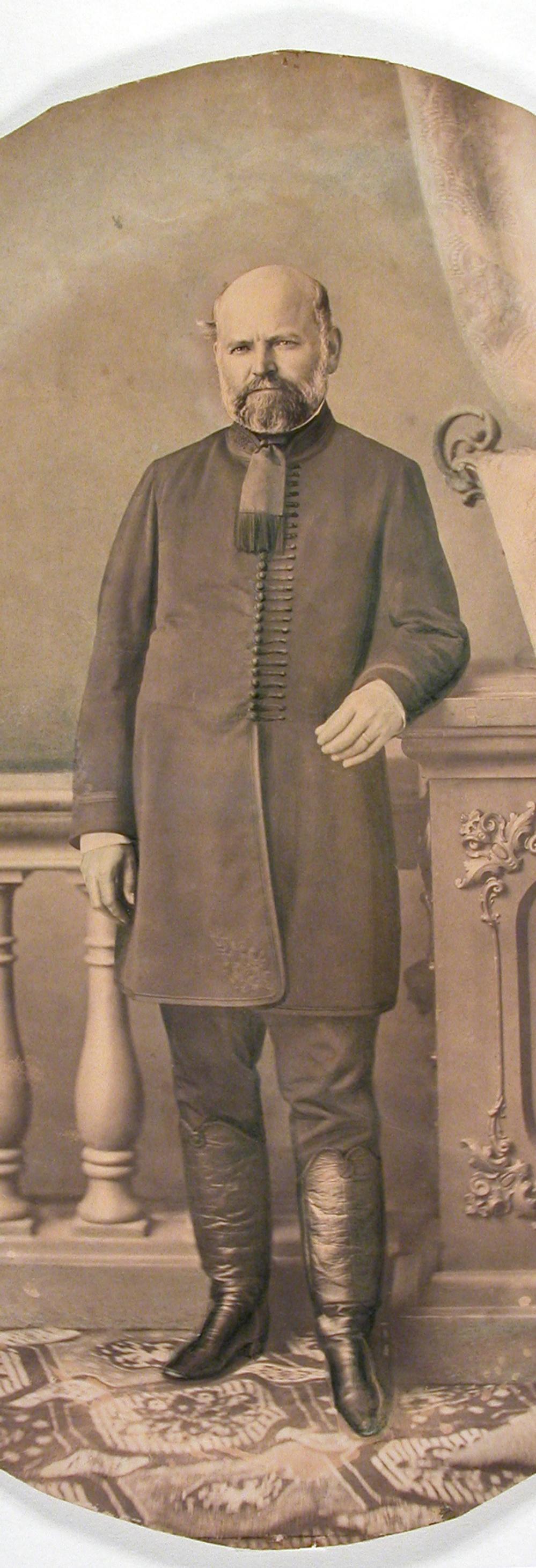The recent pandemic has reminded us of the importance of hand washing, and it might be appropriate to remember a true pioneer in the field. Ignaz Semmelweis’ ideas could have saved the lives of thousands of new mothers, if only his contemporaries had been ready.
In 1846, the then 28-year-old doctor was hired by one of the two maternity clinics at the Vienna General Hospital. He soon began to wonder why so many women died of puerperal fever, a severe febrile illness that afflicted new mothers.
The young doctor began collecting his own data and was surprised to find that the mortality rate at one of the clinics was five times higher than that of the other ward. How could this be?
The ward with the higher mortality rate was staffed with male doctors and medical students, while only midwives worked at the other.
Semmelweis began to compare the wards and examined different explanations. The first major difference he noted was that the women in the midwives’ ward lay on their sides during labour, while the women in the doctors’ ward lay on their backs. Therefore, the lateral position was also prescribed in the doctors’ ward, but with no noticeable effect.
According to the next theory to be examined, the priest was responsible. That is, the priest who passed by the women’s beds to the loud ringing of a bell when a patient had died in the doctors’ ward.
Semmelweis suspected this frightened the newly delivered women to the point that they developed a fever and died. However, no difference was noted even though the priest was directed another route and the bell was silenced.
Semmelweis finally made the connection when his friend and colleague, Coroner Jakob Kolletschka, tragically died as a result of an infection he contracted after stabbing himself during an autopsy. When his body was examined, it showed the same pathological condition as that of the women who died of puerperal fever.
Semmelweis then realised that one difference between the two maternity wards was that autopsies were carried out in the doctors’ ward but not in the midwives’. Could some unknown “corpse substance” cause puerperal fever? And could the doctors and medical students transfer this substance from the corpses to the women they delivered or examined?
He ordered consistent hand washing in a chlorine solution between autopsies and patient examinations to test his thesis. Many doctors probably shook their heads. What a strange idea!
However, the effect was astonishing. The mortality rate in the doctors’ ward fell from 12% to 2%, the same rate as in the midwives’ ward.
So, a huge success then?
Well, the doctors were moderately keen on a hypothesis which suggested that they themselves had caused puerperal fever and, thus, the death of countless women. Additionally, others argued that it would be too strenuous and time-consuming to wash their hands every time a woman was to be examined.
There were also objections of a more ideological nature. The dominant theory at the time was that disease was caused by imbalances between body fluids and/or bad air. Furthermore, and perhaps most importantly: Semmelweis could not provide any scientific explanation for his discoveries.
Ultimately, doctors abandoned the policy of hand washing in a chlorine solution, and Ignaz Semmelweis became increasingly angry and bitter as noone would listen to him. He lost many friends and eventually also his job.
His setbacks also seemed to affect his mental health. In 1865, he was admitted to a mental hospital in Vienna, where he died just two weeks later.
The cause of death has been disputed. Some reports suggest that he contracted blood poisoning, not unlike the puerperal fever he spent his entire career fighting to eradicate, while other sources claim that he died from injuries he sustained after being violent and subsequently being beaten by the staff.
On 15 August 1865, Ignaz Semmelweis was buried in a cemetery in Vienna. That same year, another scientific pioneer, Louis Pasteur, was able to present some of the first evidence for a thesis that would soon force contemporaries to revaluate Semmelweis’s work: the theory that bacteria can cause disease.





